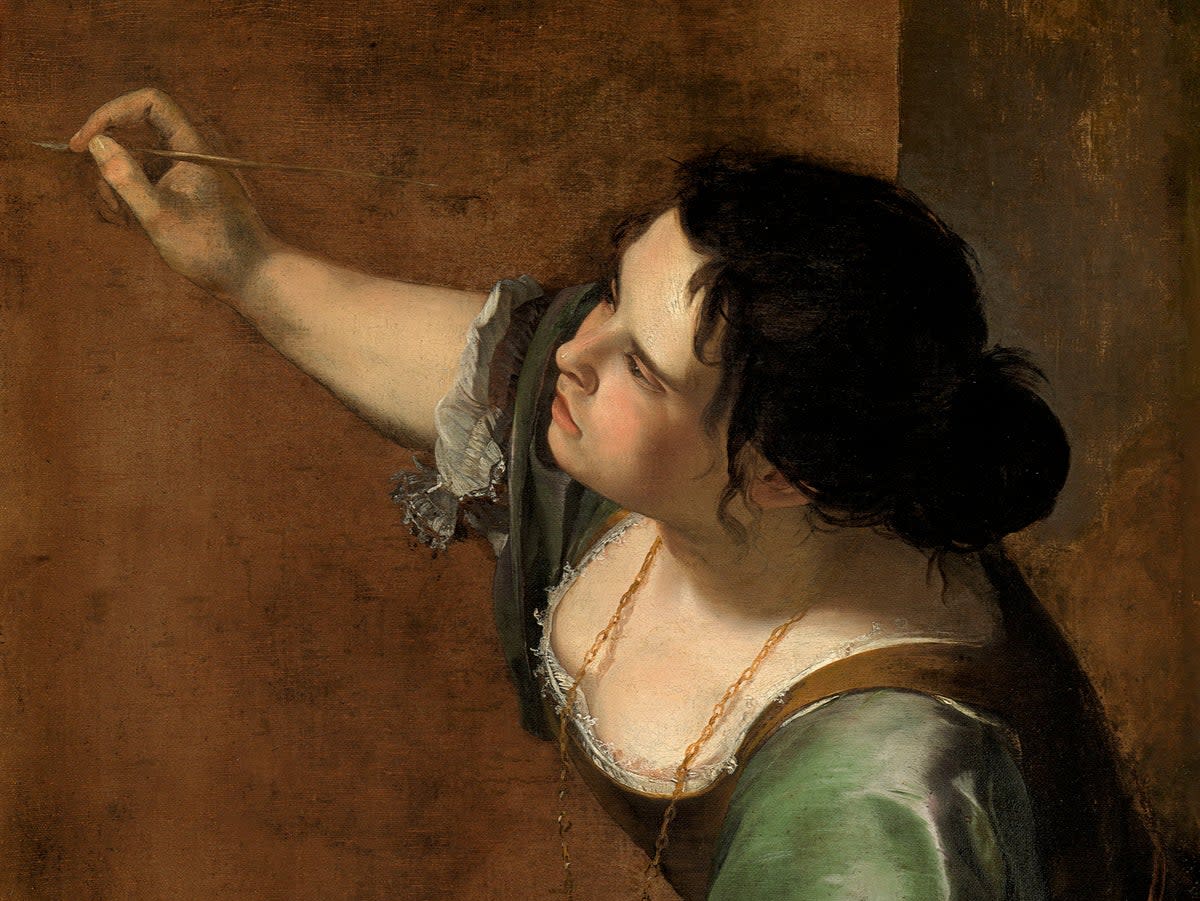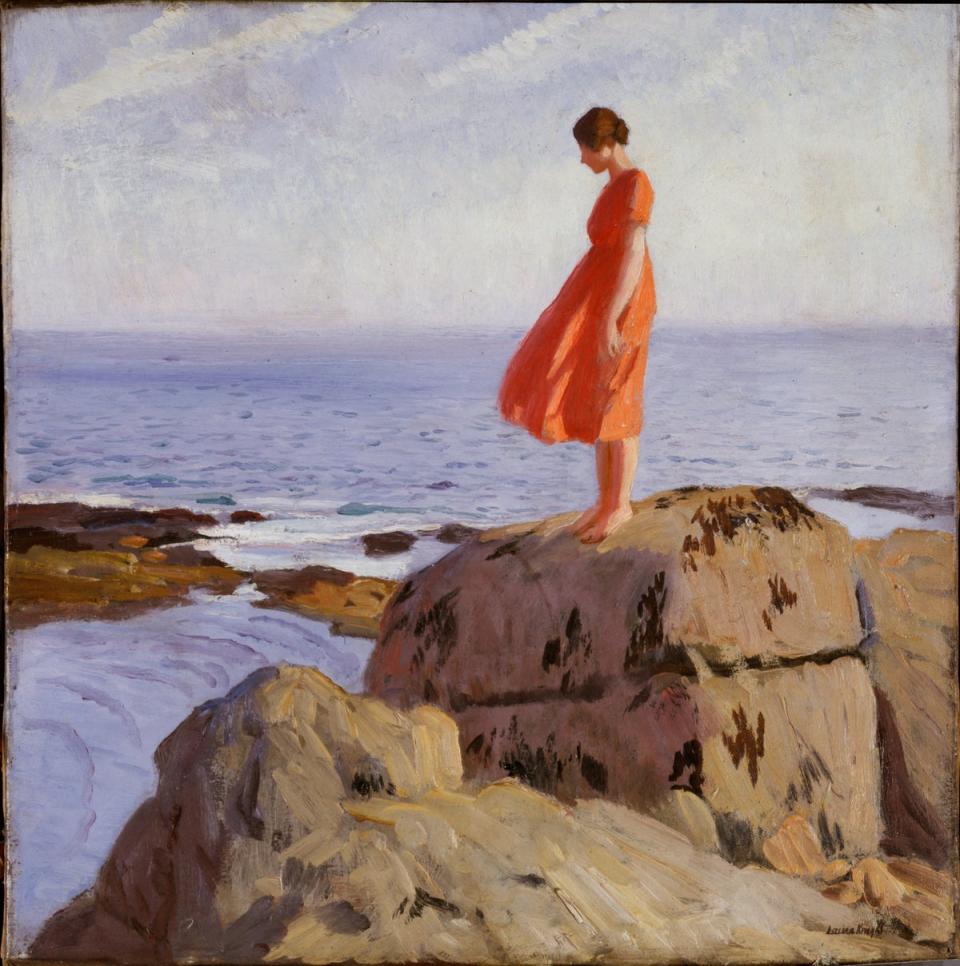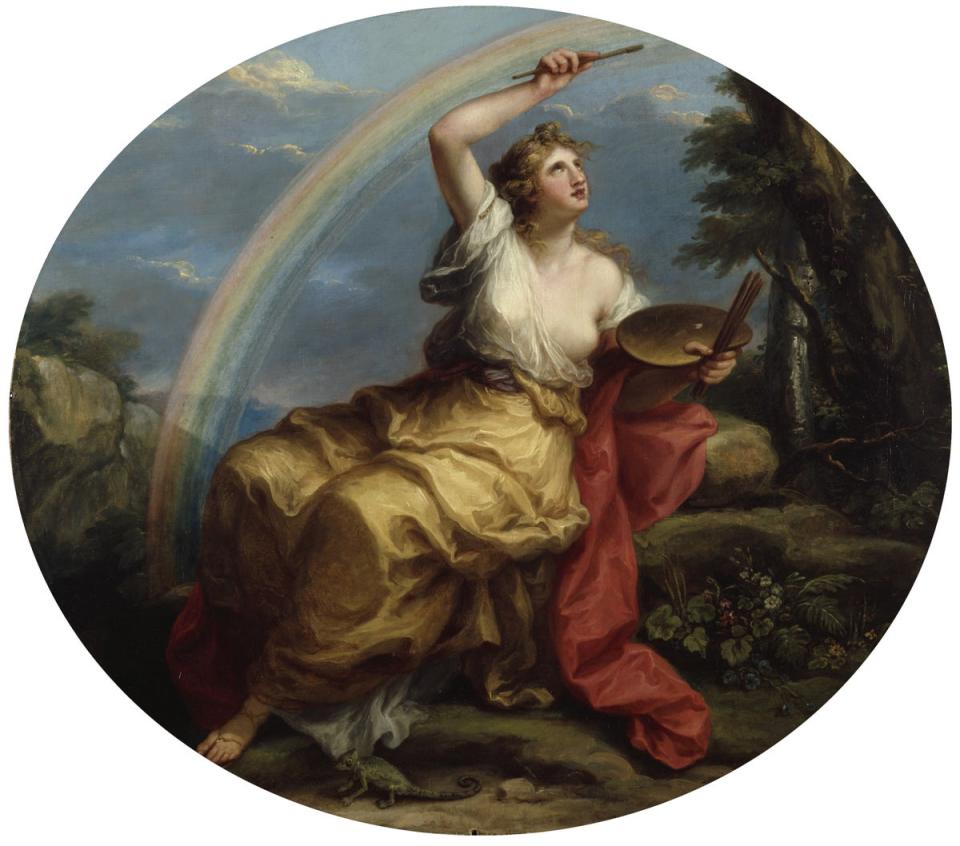Now You See Us: Women Artists in Britain 1520-1920 review – A frustrating look at neglected female painters

This scholarly exhibition on British women artists written out of history feels a shade late to the feast. The vogue for unearthing neglected artists from outside the white male Western mainstream peaked a good three years ago in the wake of the #MeToo and Black Lives Matter moments. Yet what it lacks in timeliness it makes up for in quantity. While a handful of once stellar painters such as Mary Beale and Angelica Kauffman have been much talked about in recent years – the latter is currently enjoying a major exhibition at the Royal Academy – this show brings whole legions of near totally unknown women painters, sculptors, printmakers and photographers marching out of the shadows.
These weren’t talented amateurs daubing away in stately homes, but determined professionals who forged careers in the face of prejudice, financial challenges and outright hostility. Yet the question of how much of what we’re shown is truly original, let alone ground-breaking, looms large over the exhibition from the outset.
The choice of opening works sets the tone. On the one hand, Self-Portrait as the Allegory of Painting (1638) by Artemisia Gentileschi shows the Italian painter, generally recognized as the first major woman artist in the Western tradition – who was briefly resident in London – intent on her craft, paintbrush in hand. On the other, Angelica Kauffman’s Invention (1778) depicts a woman in classical garb with wings sprouting from her head, embodying a quality then seen as the province of men. Women were expected to content themselves with mere “imitation”, creativity, as we’d think of it today, being considered beyond their capacities. Kauffman’s painting may be viewed as a brave statement of defiance, but beside Artemesia’s earthy realism its insipid Neo-Classicism is deadly.
A glance through the next couple of rooms suggests that the experience of looking at stultifyingly conventional 17th and 18th century portraits by women is little different from looking at the same sort of paintings by men.
Mary Beale’s smoothly finished image of Anne Sotheby (1676) could pass, at a glance, for the work of Peter Lely, the leading painter of the time, even down to the prominent lower lip that seems to have been to the Restoration era what the trout pout is to now.
The wall texts are full of intriguing background detail: that the women in Joan Carlisle’s portraits, for example, are all wearing the same white satin dress, which was “clearly a successful commercial ploy”. Yet the works themselves are workmanlike, second division paintings of the time, with no sense of a distinctive women’s way of painting as we might hope.
Most of the 18th-century portraits occupy a placid middle ground between the styles of the two dominant male artists of the time, Thomas Gainsborough and Joshua Reynolds, typified by Katherine Read’s doggedly ordinary full-length portrait of Sarah, Lady Pollington (c. mid 1760s).

Mary Black’s portrait of the anxious-looking gentleman Messenger Monsey (1764) in his periwig and pink suit takes a tougher approach, reflecting perhaps her major falling out with him. He wrote her off as a “slut” for having the temerity to expect to be paid for her labour.
Maria Cosway’s huge Georgiana Duchess of Devonshire as Cynthia (1782) makes an impact through sheer eccentricity, with its larger than life-size figure of the celebrated socialite, got up as the Roman moon goddess, leaping towards us through clouds. It’s preposterous kitsch, but at least has entertainment value.
Things liven up in the Victorian era, when women artists were at least getting out of the studio to tell stories about the wider world, while beginning to engage in proto-feminist cultural activism. Yet the stories they told, and the way they told them, were often hardly distinguishable from the efforts of their male counterparts.
Determined not to be pigeonholed as a “woman artist”, Henrietta Rae painted classical nude compositions despite the prevailing view that they were unsuitable for women artists. Her huge Psyche Before the Throne of Venus, a big success at the 1890 RA Royal Academy exhibition, with its crowd of half-naked goddesses all looking a bit like public school mistresses, could be mistaken for one of the soft porn Roman fantasies of the then massively famous Lawrence Alma-Tadema. It’s debatable whether Rae’s “female gaze” brings much variation to the standard Victorian rendering of nubile female flesh. Yet the active suffragette Annie Louise Swinnerton’s Mater Triumphalis (1892) proudly proclaims the sensuality of the female body in its unashamedly voluptuous incarnation of motherhood.
Eleanor Fortescue-Brickdale’s colourful The Deceitfulness of Riches (1901) is a very competent piece of late Pre-Raphaelitism, that could have been produced by any number of her male contemporaries. But Elizabeth Forbes, who felt herself a “prisoner behind bars” in London, got herself all the way to Pont Aven, the avant garde artists’ colony in Britanny, where Gauguin once ruled the roost. Her rather staid country scene The Edge of the Woods (1894) follows the tamer influence of the soft-centred rural realist Jules Bastien-Lepage. Yet it’s clear from her memoirs, quoted in the catalogue, that engaging with any form of “realism” was a radical step for a British woman artist at that time.

While the First World War brought great advances to women’s position in society, not least because of their contribution to the war effort, there’s nothing remotely revolutionary about Anna Airy’s skilled, but conventional canvases of women working in munitions factories; though the mere fact that women were tackling such subjects no doubt represented a major step forward. If Vanessa Bell’s cubistic still lifes feel tentative and slightly amateurish, Ethel Sands and Annie Hope-Hudson’s richly textured domestic interiors, clearly very indebted to the French “intimiste” Edouard Vouillard, are more than a match for the efforts of Walter Sickert and Spencer Gore, their male rivals in the Camden Town group, who while protesting their “progressive” views, barred women from membership.
Finally, the works that seem to offer a distinctively woman’s perspective come from surprising directions. Ethel Walker’s decorative views of gardens are nothing to write home about, but The Excursion of Nausicaä (1920) her vast and slightly bonkers exotic-monumental fresco design is one of the few works here that isn’t falling in line with male-defined aesthetic norm. Equally the paintings of lone women on Cornish cliff tops by the hugely successful Dame Laura Knight, who is on the face of it the most conventional of women artists, give a sense of getting inside the female condition in their mood of pensive isolation, a feeling that is apparent in very few other works.
While there’s the sense of a fascinating story behind every painting in this exhibition, this human and social context isn’t for the most part evident in what we see. Most of the artists here were doggedly trying to satisfy a male-dominated commercial art market rather than highlight the difficulties of their own positions. Indeed, while Tate Britain has just finished a large and uproarious show on Second Wave Feminist art, the hugely popular Women in Revolt!, you’d never know from this exhibition that the world-changing upsurge of First Wave Feminism, and the Suffragette struggle, took place in the latter part of its time frame. But the show doesn’t consider banners and posters to be within its remit, and the artists in this exhibition clearly didn’t see “protest art” as a possibility, let alone an option.
Tate Britain, from May 16 to Oct 13


